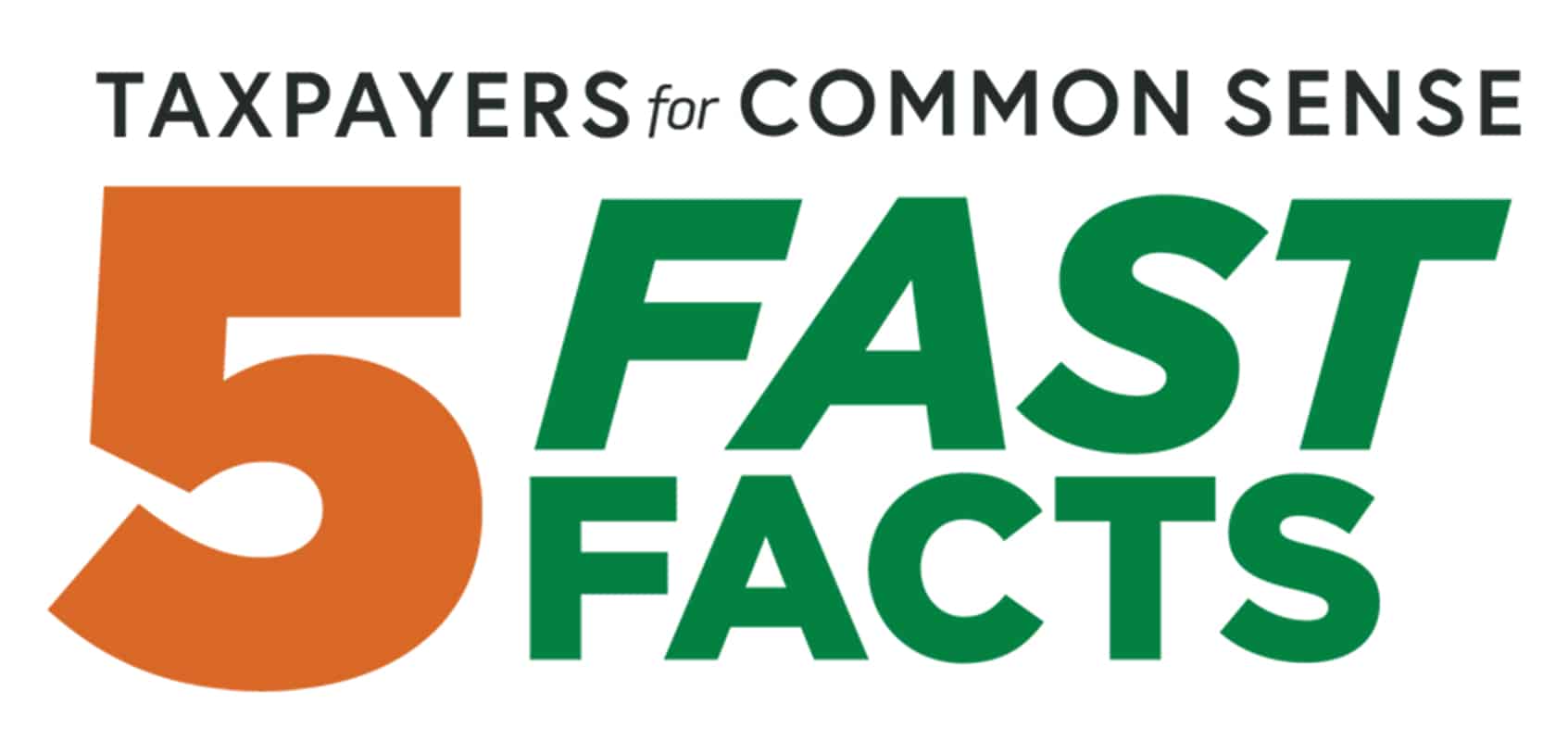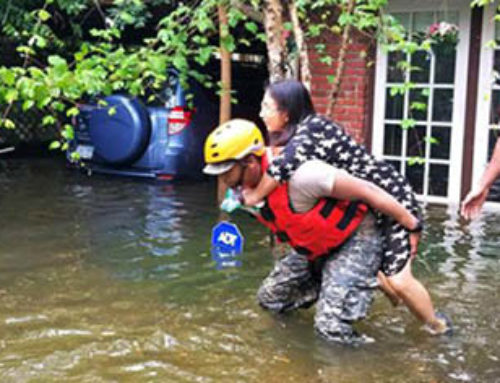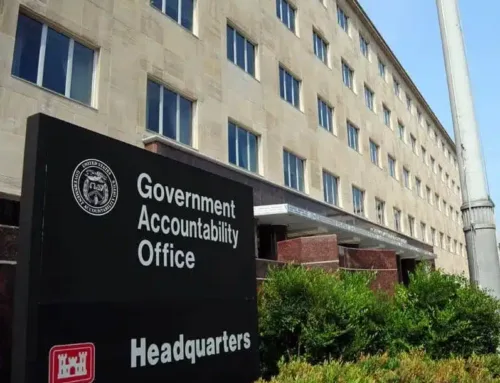
ABOUT THE
National Flood Insurance Program (NFIP)
1. The National Flood Insurance Program (NFIP) is the primary source of flood insurance in the U.S. and will likely remain so.
Over five million people across 23,000 communities hold NFIP insurance policies. In 2021, FEMA estimated NFIP provided a total of nearly $1.3 trillion in coverage. NFIP will likely continue to have “market” dominance because the program charges less than the market rate. Due to rising seas and more frequent natural disasters, flooding has become an imminent threat to coastal communities. Most private insurance companies are not willing to offer flood insurance policies because of the high fiscal risk in regions like Southeast Florida and the California coastline. Private, market-rate insurance cannot compete with government subsidized below market-rate insurance.
2. The NFIP loses money every year due to its payouts superseding the revenue it receives from premiums.
The National Flood Insurance Program has “borrowed” over $36 billion from the U.S. Treasury. Despite Congress forgiving $16 billion in debt after the 2017 storm events of Harvey, Irma, and Maria, NFIP is still $20.5 billion in debt as of September 2022. As the Government Accountability Office reported in their 2023 list of “High Risk” federal programs, “without reforms, NFIP’s financial condition will likely continue to worsen.”
3. Homeowners are encouraged to build and live in hazardous areas due to the NFIP subsidizing the risks to development in the floodplain, where natural disasters are commonplace.
By offering insurance policies where premiums do not cover the true risks from flooding, the NFIP subsidizes the costs of risky development and allows homeowners to continue to build and re-build in floodplains where natural disasters are common. In other words, these subsidies are artificial caps that hide the real risk to homeowners who repeatedly rebuild on floodplains after disasters. Repetitive loss properties – properties that have had two or more claims of $1,000 over ten years – represent only one percent of the total number of policies, yet account for 25 to 30 percent of the cost of claims.
4. Over 78 percent of subsidized properties in NFIP are in counties with the highest home values.
According to the Government Accountability Office, the NFIP has enormous cross-subsidies where over 78 percent of subsidized properties in NFIP are in counties with the highest home values. Meanwhile, only five percent of subsidized properties are in counties with the lowest home values. The NFIP is not a program primarily benefiting individuals that are financially distressed.
5. FEMA recently implemented a new system to evaluate a home’s premium based on its risk level. It aims to more accurately reflect the flood risk that property owners face in floodplains.
FEMA developed a new risk rating system, sometimes referred to as Risk Rating 2.0, to incorporate more accurate data and flood variables to determine actual risk to properties. This more accurate assessment of risk reduces some of the cross-subsidies that have plagued the NFIP, as well as ameliorate injustices with premium pricing. FEMA released its new policies on October 1, 2021, and has been implementing them since. The system was completely updated as of April 1, 2023.










Get Social